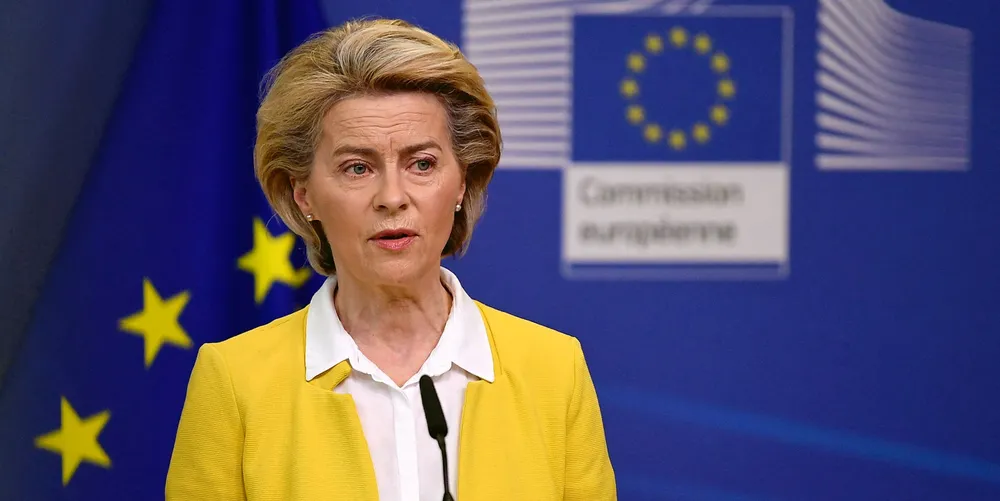'Binding pledge to our children': EU reaches compromise for 55% emissions cut by 2030
Early morning provisional deal paves way for the European Green Deal and the economic block's Climate Law

Early morning provisional deal paves way for the European Green Deal and the economic block's Climate Law
